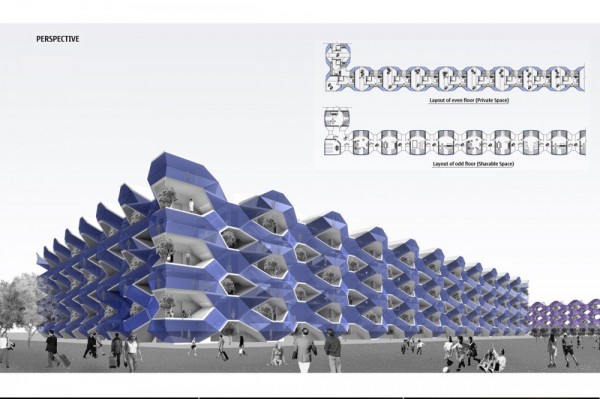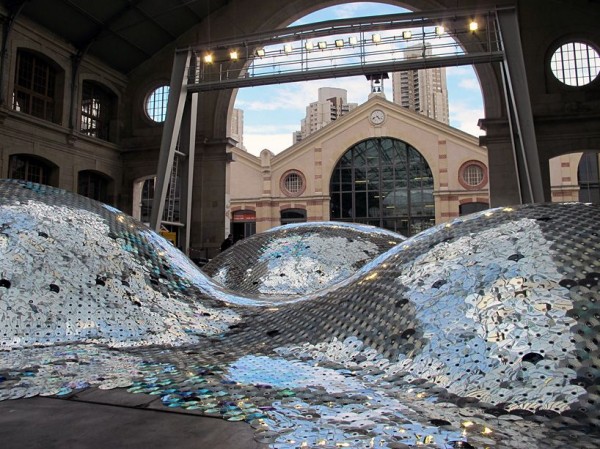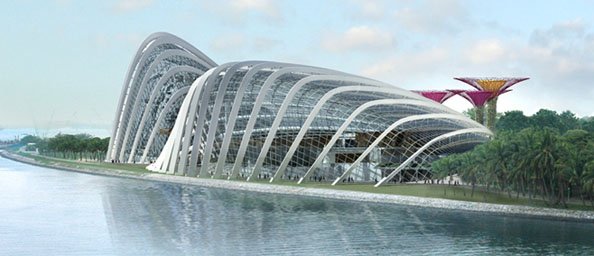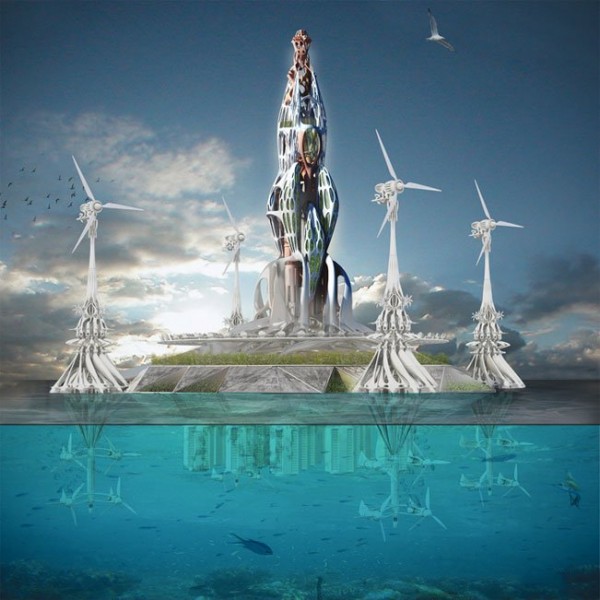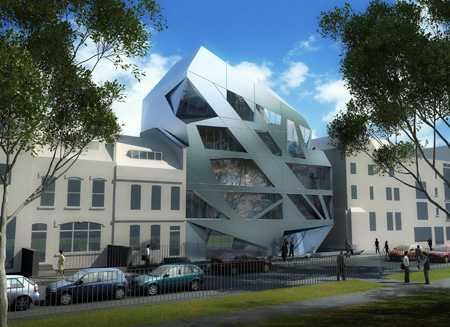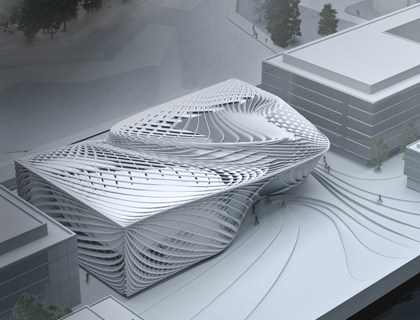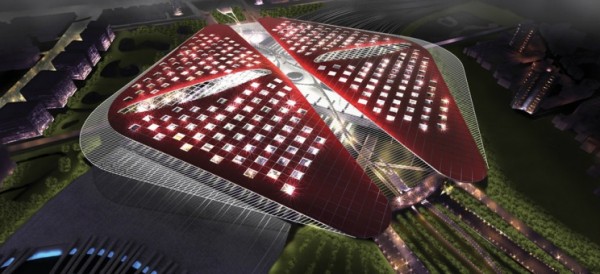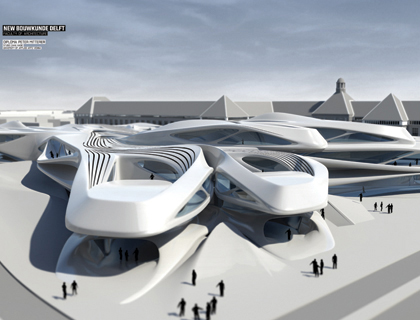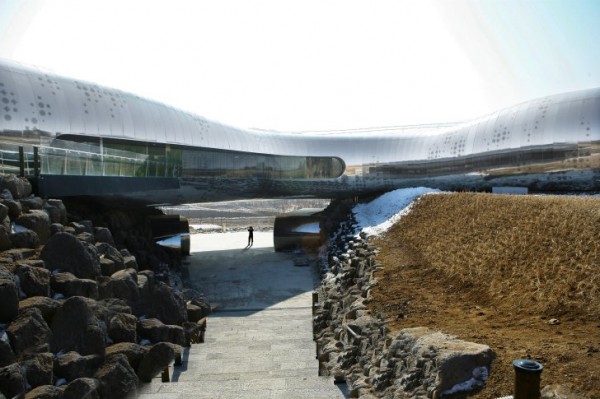In China, the number of young bachelors is drastically raising because of the skyrocketing housing prices and women are unwilling to marry men without a property. As a result, young graduates spend most of their time working hard but remain single until they can afford a property. In order to cater for this trend, developers start launching smaller housing units to the market. This project designed by Kellen Qiaolun Huang from Cornell University aims at exploring different ways of how these bachelor housing units can be designed other than just being smaller.
Home activities can be divided into two categories: private activities (sleeping, bathing, etc.) and public activities (cooking, eating, reading, relaxing, etc.). Researching and remapping the topological relationship between these two categories are the keys to this project. An X-shaped pattern is generated as result: a private space is being placed in the center with four quarters of public spaces in the corners. The pattern may seem meaningless to individuals until all units are aggregated to form a large interconnecting social network. This network becomes the prototype of X-House. Read the rest of this entry »

